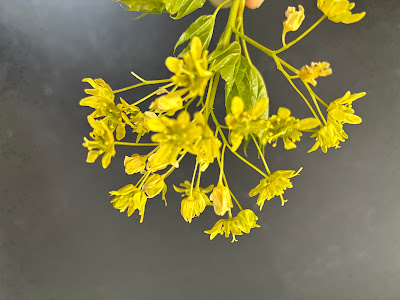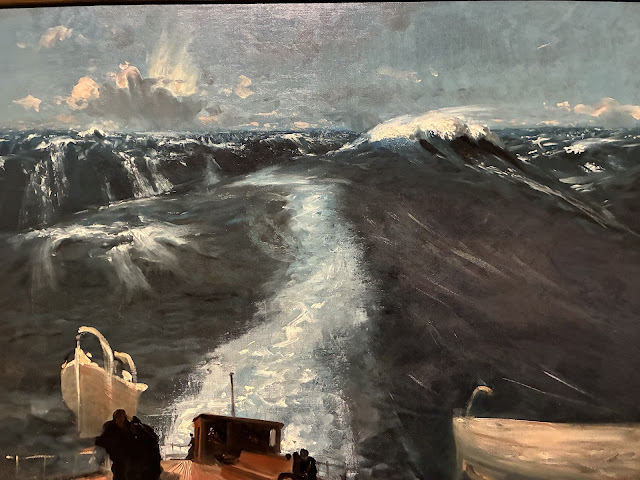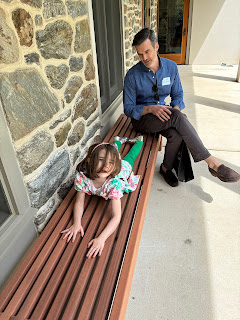Translate
Wednesday, April 30, 2025
Two Very Different Artists
John Singer Sargent at the Metropolitan Museum. A talented artist, fascinated with light.
John Singer Sargent. Atlantic Storm, 1876.
John Singer Sargent was a supremely talented artist who catered to the elite and wealthy of the Gilded Age; his art shows technical and relationship mastery but not generally a concern with poverty and social problems. Although American, he spent most of his life in London and Europe.
Jack Whitten grew up Bessemer, Alabama and experienced racism throughout the twentieth century. Whitten left the south after participating in Civil Rights demonstrations and came to New York to pursue art. Whitten's engagement with politics, music and art comes through in his work.
"Confronted with the violence of the 1960s, from the suppression of the Civil Rights movement to the Vietnam War, Whitten created NY Battle Ground (below) in a world that seemed to be in flames. Though the forms are ambiguous, they manifest struggle, combat, even apocalypse. He wrote 'How can anyone justify staying in the studio when your people are dying? What is the artist supposed to do?'"
"Whitten spent forty years living and working in downtown Manhattan, having moved there in 1962. He watched the construction of the World Trade Center towers - and he was standing outside his studio when then came down on September 11, 2001. After that date, Whitten stopped making art for several years, except for this large-scale work, composed of thousands of tiles of acrylic paint, to which he devoted five years of study and experimentation. Incorporating other materials such s ash and dust, the work stands as one of the most powerful monuments of our time. 'What I saw will haunt me forever,' he said. 'The painting is a promise to all those people.'"
Jack Whitten at MoMA: Combs
Starting in 1970, Jack Whitten started experimenting with newly invented acrylic paint. He developed a way to make paintings, using constructed rakes and combs to create moving waves of acrylic paint. He wrote: "The more I paint, the more I see."
Mirsinaki Blue, 1974, below
Black Table Setting (Homage to Duke Ellington), 1974
Epsilon Group I, 1976
Jack Whitten: Mosaic Tributes
Around 1990, Jack Whitten invented another form of art, using dried sheets of acrylic paint cut into small tiles. With acrylic tiles he created large, abstract, intricate mosaics. Many are tributes to musicians and other heroes.

























